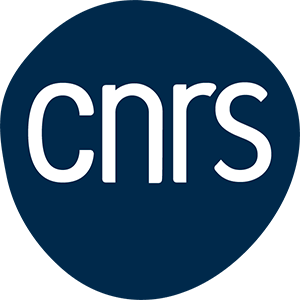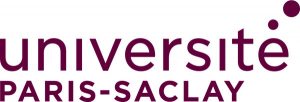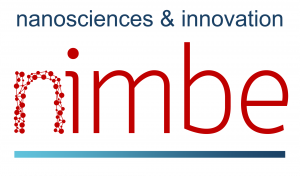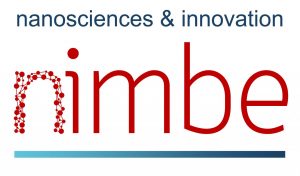Domain, Specialties : CHEMISTRY
Keywords: Process; Membrane; Analysis; Microfluidics
Research Unit : NIMBE/LICSEN
Summary
The increase in global production of electronic equipment is driving growing demand for raw materials, while supply is becoming increasingly complex. In order to meet this demand, recycling electronic waste appears to be a strategic way of securing supply. In order to reduce environmental impact and recycle a wider range of metals, new methods based on hydrometallurgy are being developed, notably membrane separation processes. This internship aims to develop and study the separation properties of new materials for the design of selective membranes.
Full description
Over the past few decades, the production of waste electrical and electronic equipment (WEEE) has increased significantly, reaching approximately 62 million tonnes in 2022. However, in the same year, less than 22% of this waste was properly collected and recycled. At the same time, demand for raw materials is growing, while their supply is becoming increasingly complex and costly.
To overcome these difficulties, research is turning to the recycling of WEEE, often referred to as ‘urban mines’ because they are rich in critical materials. The processes currently used are largely based on pyrometallurgy, which involves treating waste at high temperatures. This method allows certain precious metals to be recovered, but it remains energy-intensive and is not well suited to recycling all the elements present in WEEE.
New treatment methods are therefore being explored, in particular hydrometallurgy. This approach involves dissolving the metal components, then selectively separating the metal ions (by liquid-liquid extraction, precipitation, membrane processes, etc.) before reusing them. This method is more selective and less energy-intensive than pyrometallurgy, but it still has limitations in terms of reagent consumption and the separation of metals with similar chemical properties.
In this context, the development of selective membranes appears to be a promising avenue. For example, membranes incorporating crystalline inorganic materials offer modifiable structural and chemical properties, allowing selectivity towards different ions to be adjusted while maintaining excellent stability in acidic environments.
The aim of this internship is to study the separation properties of membranes made from new inorganic materials derived from a material studied in the laboratory. The student will be required to synthesise and characterise inorganic materials, integrate them into membranes and evaluate their separation performance using protocols developed in the laboratory.
The intern will be trained in numerous characterisation techniques (X-ray diffraction, X-ray fluorescence, scanning electron microscopy, thermogravimetric analysis, ICP-OES spectrometry). He/she will also use a membrane testing device that allows real-time analysis using a microfluidic setup. He/she will thus develop dual expertise in materials chemistry and the physical chemistry of separation processes, while acquiring a high degree of experimental autonomy.
Location
CEA Saclay, (91) Essonne, France
Internship conditions
- Internship duration: 6 months
- Level of study: Bac+5
- Training: Master 2
- Continuation in PhD thesis: Yes
- Application deadline: 2 mars 2026
Experimental skills
Language : English
Useful methods and technics:
Synthesis in solid-state chemistry; X-ray diffraction, X-ray fluorescence, scanning electron microscopy, thermogravimetric analysis, ICP-OES spectrometry
Computer languages and software:
Office suite; Python is a plus; CAD is a plus (for 3D printing)
Links
- Web site of the laboratory: https://iramis.cea.fr/en/nimbe/licsen/materials-et-nanophases-group-structures-characterization-formulation-applications-and-recycling-processes/
- Web site of the research group: NIMBE/LICSEN
- Personal web page of the supervisor: Jean-Christophe Gabriel
Supervisor
Jean-Christophe Gabriel
Phone: 0169084838
Email :




